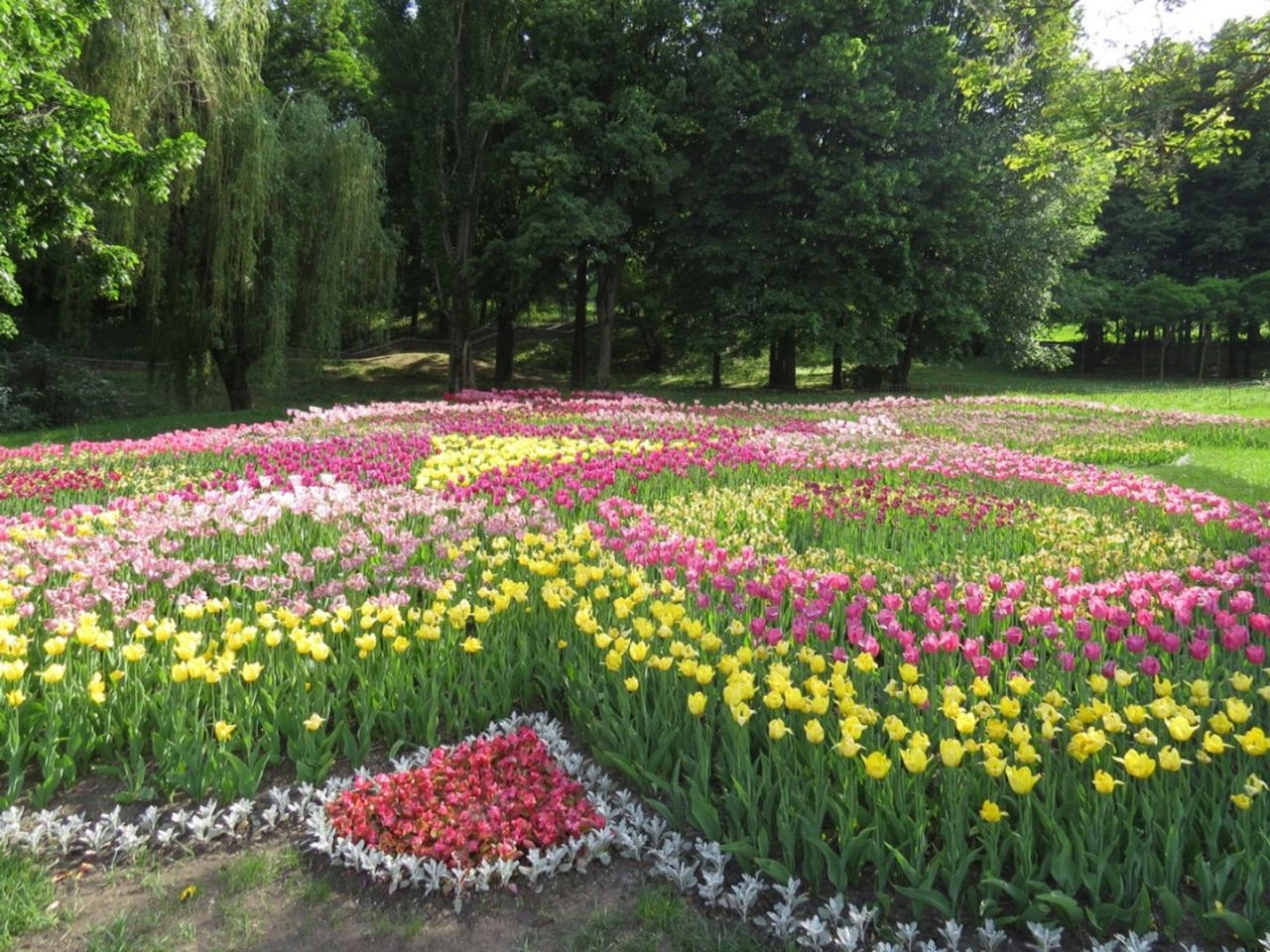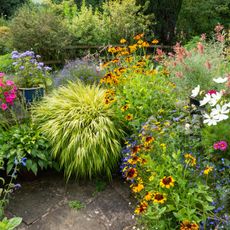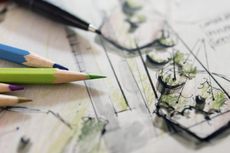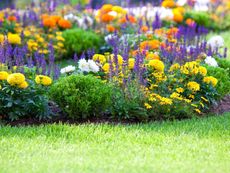Garden Shape Design: Tips For Shaping The Garden


Does the exterior of your home seem boring and uninviting? Does your garden look tired? Perhaps it is suffering from a dull shape or lack of direction. Is it empty and unappealing? Perhaps it is lacking personality. Whether you are just starting a garden or rejuvenating an existing one, giving it life can be as simple as changing its overall shape. Even if the garden is filled with beautiful plants and other features, a dull or unimaginative layout can quickly turn others away. Keep reading for tips on shaping the garden and avoid any lackluster issues.
Garden Shape Design
Dull-shaped gardens can appear boring. For instance, a garden that is dominated by nothing but lawn can look bleak, empty, and uninteresting. However, you can transform it into something more exciting simply by adding curves and reducing lawn areas. Liven it up by adding plants and other garden features that mimic your individual personality. Anchor the garden with a variety of small trees and shrubs. Perhaps the garden consists of nothing more than a narrow strip along the front or side of the home. Reshape these beds and borders. Pull them away from the house and add graceful curves to soften the edges. Twists and turns in the garden can add excitement and a sense of mystery by enticing others to peek around corners just to see what's there. Curved garden shapes also look more natural and are much more pleasing to the eye than sharp edges and straight lines.
How to Shape the Garden
If possible, extend the living space of your home by enlarging or adding hardscape areas, such as a patio or deck. Don't be afraid to experiment with different plants to create various effects. Play around with different colors, textures, and forms. Put your garden shape ideas on paper first and then use containers to find and position your desired effect before placing anything in the ground. Remember, a boring garden is not the effect you want to achieve, so choose something pleasing and full of interest. Be sure to look around you. The surrounding landscape is one of the best resources for your garden design. Take note of its contours and its curves. Mimic these in the garden for a more natural appearance. Gardens require a sense of direction. If the garden lacks focus, regardless of its shape, it will also appear boring. Gardens without a sense of direction are best fixed by giving them some definition, a purpose or function. Focal points, such as benches, sculptures, or large architectural plantings, help achieve this. Create focal points that draw the eyes toward the garden's most attractive features. Add seating to areas where you want others to view. Hide unattractive areas with creative screening. Repeating features, such as similar plants and objects, can also provide interest. A well-focused garden is a great way to spruce up a dull layout. One of the greatest things about the garden is the fact that it can easily change whenever needed. So, if the current garden shape design isn't what you'd like it to be, if it seems uninviting or lacking something, don't let it burden you. Take comfort in the fact that this is an easy fix with the right garden shape ideas. Oftentimes, all the garden needs is to get in shape, just like the rest of us. With only a little effort involved, learning how to shape the garden can help it go from dull and lacking to bold and beautiful.
Gardening tips, videos, info and more delivered right to your inbox!
Sign up for the Gardening Know How newsletter today and receive a free download of our DIY eBook "Bring Your Garden Indoors: 13 DIY Projects For Fall And Winter".

Nikki Tilley has been gardening for nearly three decades. The former Senior Editor and Archivist of Gardening Know How, Nikki has also authored six gardening books.
-
 7 Best Bonsai Trees For Beginners: Easy Options That Are Simply Stunning
7 Best Bonsai Trees For Beginners: Easy Options That Are Simply StunningDiscover the easiest bonsai trees to grow that bring beauty and serenity to your space. Perfect for beginners ready to start their bonsai journey!
By Bonnie L. Grant
-
 Winterizing Chicken Coop Pens And Boxes: 5 Steps To Keep Chickens Safe & Warm
Winterizing Chicken Coop Pens And Boxes: 5 Steps To Keep Chickens Safe & WarmWinterizing chicken coop pens and boxes is a crucial way to keep your chickens safe and warm in the cold season. Follow our five steps for happier, healthier chucks
By Bonnie L. Grant
-
 Cinder Block Gardening Ideas – Tips On Using Cinder Blocks For Garden Beds
Cinder Block Gardening Ideas – Tips On Using Cinder Blocks For Garden BedsThere are a lot of options when it comes to the material used to build a raised bed border. But if you want something cheap and attractive that's not going to go anywhere, you can't do better than cinder blocks. Learn more here.
By Liz Baessler
-
 Create A Garden Bed From Scratch: How To Start A Flower Bed The Easy Way
Create A Garden Bed From Scratch: How To Start A Flower Bed The Easy WayLearn how to make a new flower bed in your yard for color all season long!
By Tonya Barnett
-
 What Is An Instant Garden: Tips For Making A Garden Overnight
What Is An Instant Garden: Tips For Making A Garden OvernightWhether you've suffered a sudden loss of plants, have little space, or simply lack a green thumb, creating instant gardens may be the thing for you. So what is an instant garden? Read here to learn more.
By Arista Hageman
-
 How To Start Your Flower Garden
How To Start Your Flower GardenA flower garden overflows with opportunities for the creative spirit to come alive. Starting a flower garden is a great way to get creative. Get some tips from this article and have fun with your flower garden.
By Arista Hageman